Harmful Cosmetic Ingredients that are Found in Your Bag
In today’s day and age, you’d be hard pressed to find someone who isn’t concerned about the ingredients they’re putting in their bodies. But what about the cosmetic ingredients we put on our bodies? According to How Stuff Works, women who wear makeup regularly absorb about five pounds of makeup chemicals every year. Therefore, what we put on our bodies really does matter. And, while the United States has regulations against some of the more dangerous chemicals, there are still a slew of cosmetic ingredients that companies may use in this country — even though they’re banned in others. And there’s a good chance those ingredients are lurking in your makeup bag.
Curious to know more? Ahead, we share some these that are a no-go in other countries but considered “safe” in the U.S.
1. Formaldehyde
Commonly found in: Nail polish, shampoos, hair gels, eyelash glue, and deodorant
A known human carcinogen, companies use formaldehyde in cosmetics as a preservative to prolong shelf life. While it’s most dangerous when one inhales its fumes, the chemical is also a skin sensitizer and allergen. That said, many cosmetic companies avoid adding pure formaldehyde in their formulas and instead opt for preservative systems that use several formaldehyde-releasing chemicals.
The scariest part? It’s hard to tell whether formaldehyde lurks in your beauty products, as the FDA does not restrict the amount companies use. Plus, many cosmetic companies will add a tiny amount to avoid listing it on an ingredient label at all. And, if formaldehyde, or formaldehyde-releasers do exist on the back of your beauty product box, it has many sneaky nicknames, including DMDM hydantoin, imidazolidinyl urea, diazolidinyl urea, quaternium-15, bronopol, 5-bromo-5-nitr-1,3-dioxane, and hydroxymethylglycinate.
2. Petroleum Distillates
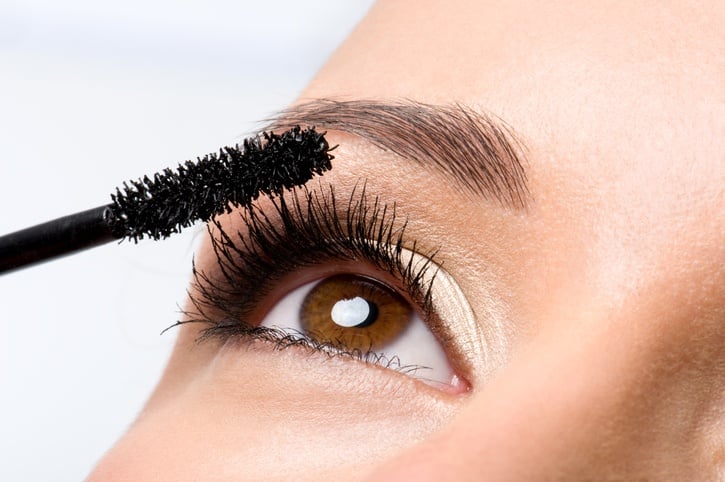
Surely, this is not something you want near your eyes.
Commonly found in: Mascara, eye shadow, lotion, creams, and foundation
According to the EWG’s Cosmetics Database, “petroleum distillates is a mixture of volatile hydrocarbons obtained from petroleum.” And while it ranks moderately for both cancer and overall hazard concerns on their scale, it still has huge red flags — and is in many beauty products. Used as an inexpensive emollient, the potentially dangerous ingredient is illegal in the European Union but plentiful in makeup and skin care products in the United States.
3. Hydroquinone
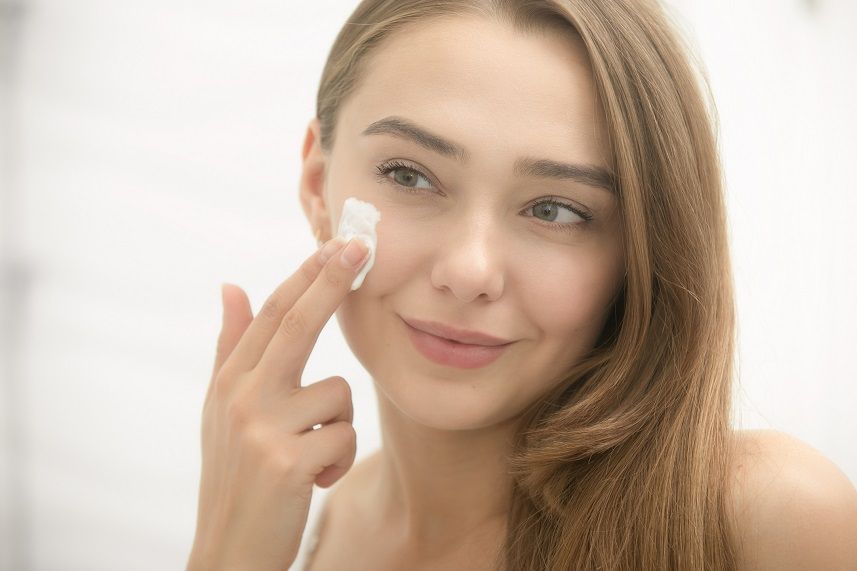
It’s all-around dangerous.
Commonly found in: Brightening and lightening facial skin care products
Another dangerous beauty ingredient to avoid? Hydroquinone. In an article published on Cosmopolitan.com, Dr. Howard Sobel explains just how dangerous this cosmetic ingredient is. “It is cytotoxic, meaning it will kill cells and chromosomes if overused, which can lead to some cancers.” Banned in Japan, Europe, and many other parts of the world, this dangerous cosmetic ingredient is definitely one to avoid.
4. Phthalates
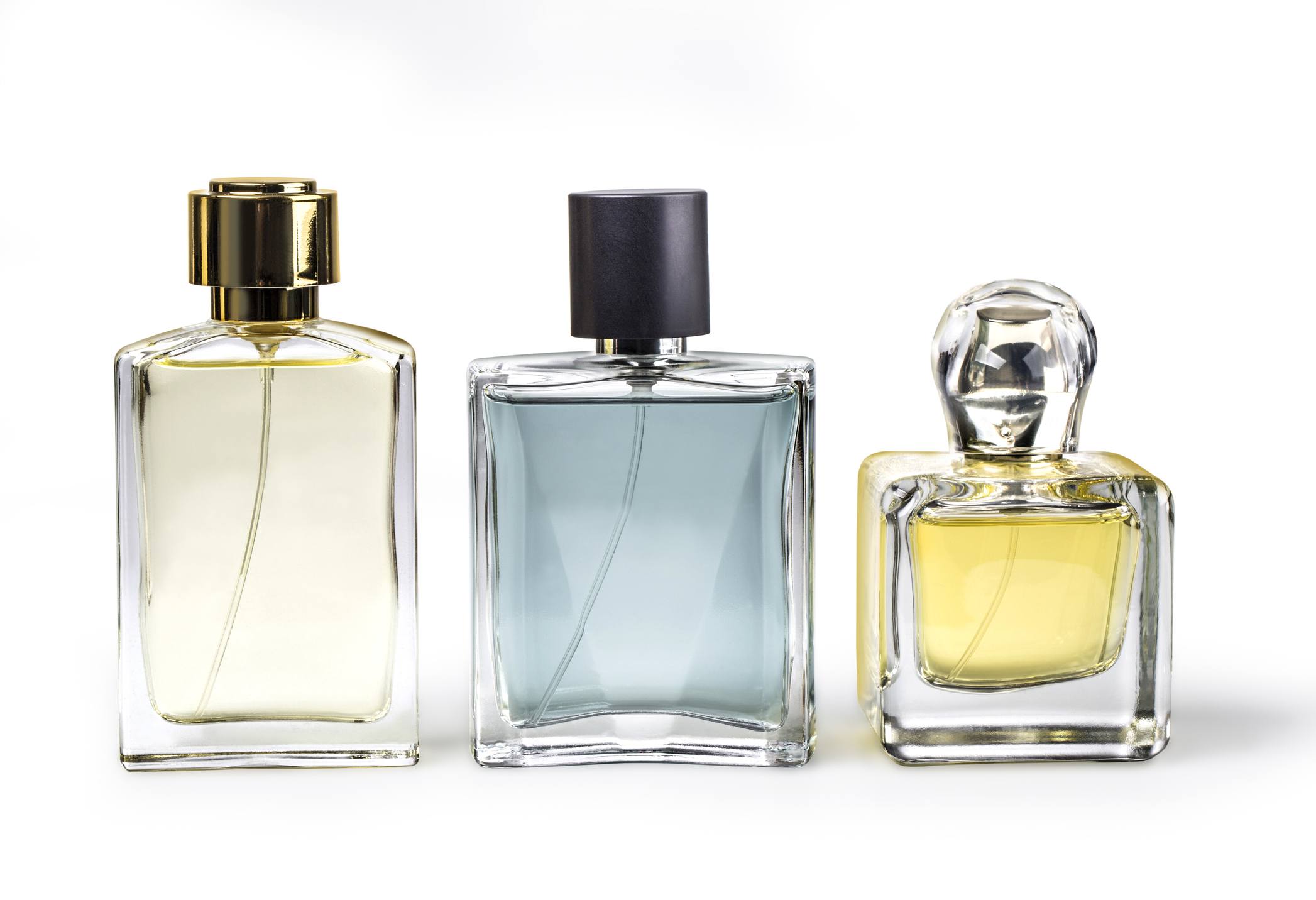
It can potentially cause birth defects and reproductive issues.
Commonly found in: Nail polish, hair spray, fragrances
According to the FDA, phthalates are a group of chemicals most commonly used in cosmetics as a plasticizer in nail polish, as a flexibility-improving agent in hair spray, and as a solvent and fixative in some fragrances. That said, there’s a lot unknown about the relationship between phthalates and humans. While the FDA is continuing to monitor this potentially dangerous ingredient, some claim it can cause birth defects, lifelong reproductive issues, and more.
5. Avobenzone
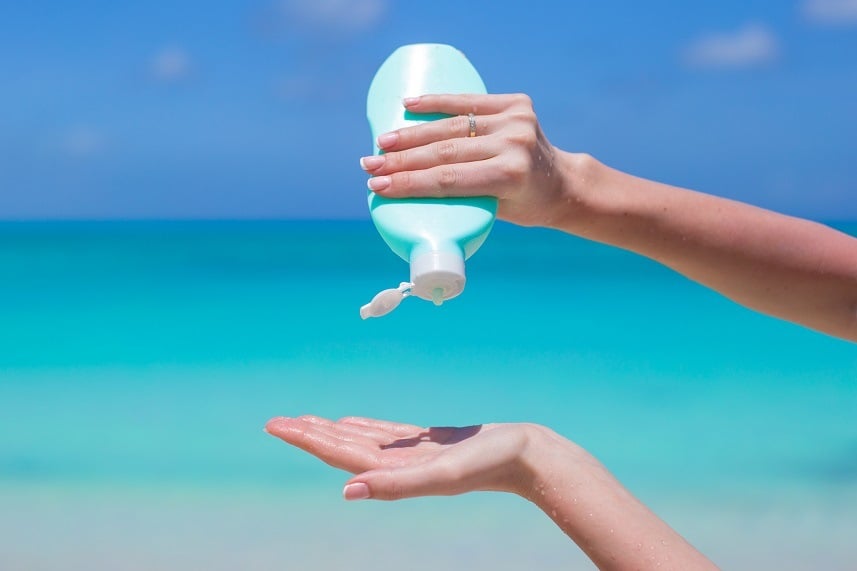
Of course, sunscreen is important, but this ingredient can increase cancer risks. | Travnikovstudio/iStock/Getty Images
Commonly found in: Chemical sunscreens
According to the Global Healing Center, experts have considered avobenzone — found in chemical sunscreens — relatively safe for years. However, recent research suggests that may, in fact, not be true, as “avobenzone degrades in the sun, resulting in the release of free radicals that may actually increase the risk for cancer.” In addition, free radicals can also accelerate skin aging and play a role in various allergies.
6. Methyl cellosolve
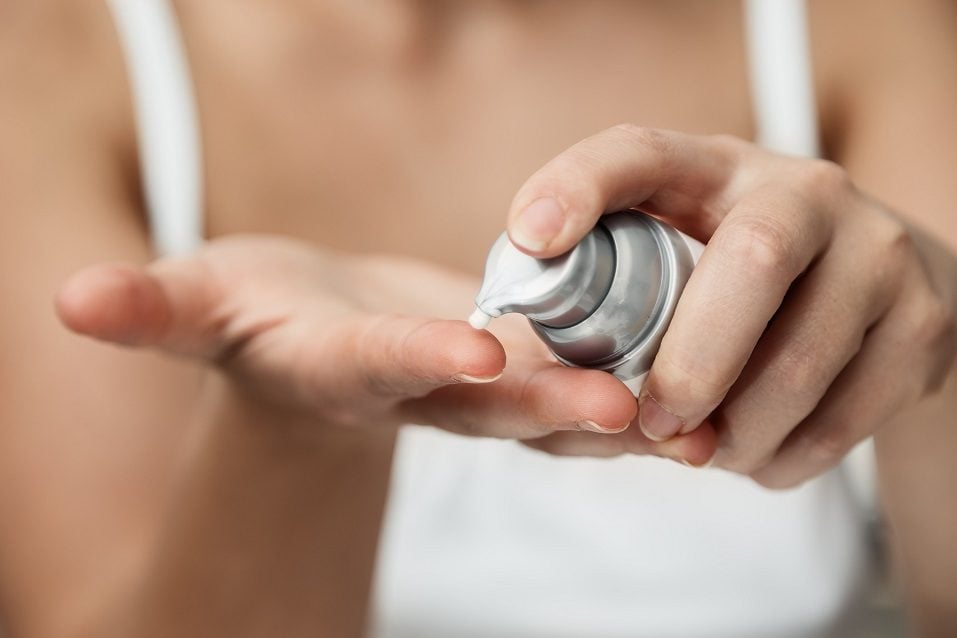
It can lead to DNA mutations.
Commonly found in: Anti-aging skin care products
Methyl cellosolve is a neurotoxin in many anti-aging skin care products including creams, moisturizers and serums that can lead to DNA mutations. Although Canada has banned the ingredient and the E.U. has restricted it, the U.S. has yet to follow suit.
7. Parabens
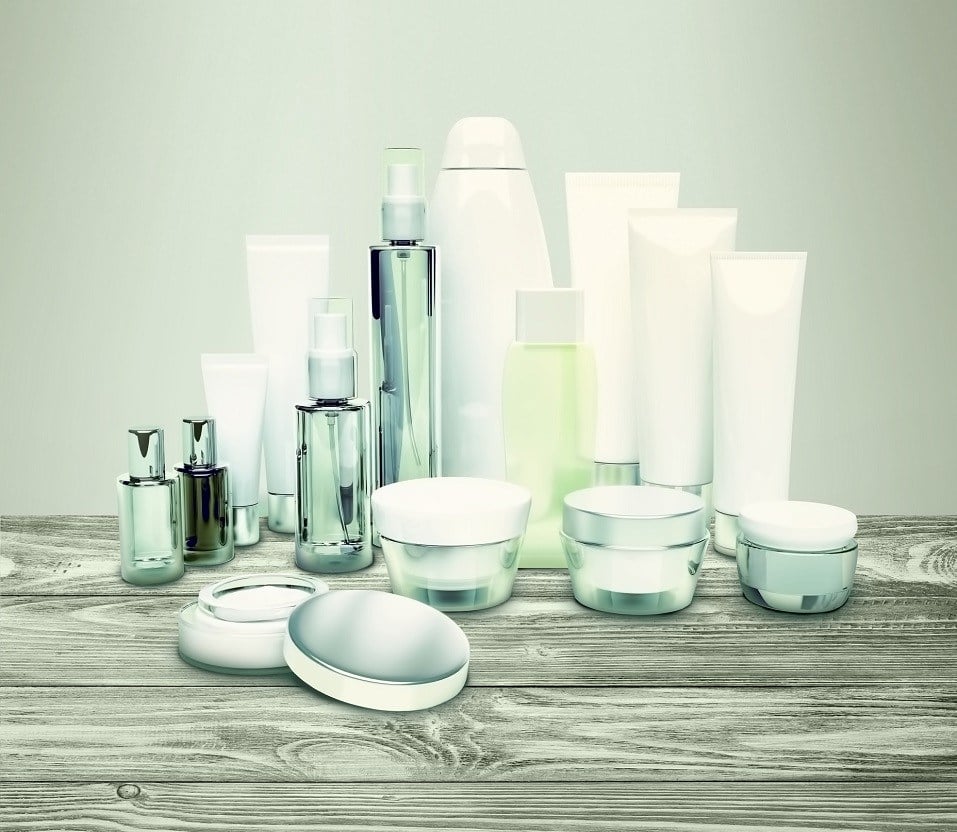
Thankfully, paraben-free beauty products are becoming more common. |
Commonly found in: All kinds of cosmetics, including lotions, shampoos, and cleansers
A common preservative in cosmetics, parabens have seen a lot of scrutiny in recent years - and for good reason. According to an article on MSN, it’s likely that women are at the highest risk of its repercussions, as parabens have been linked to hormonal disruption and breast cancer. Also, they can prevent the breakdown of estrogen. Fortunately, because of the public’s increased awareness, many cosmetic companies now advertise that they don’t use the controversial ingredient in their products. Therefore, figuring out if a product in your makeup bag is paraben-free is easier than ever.
via The Cheat Sheet http://ift.tt/2ge8Kl2

